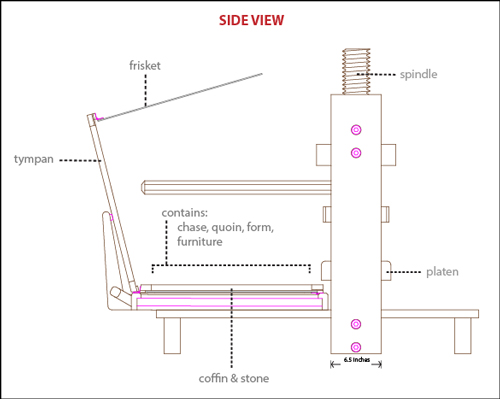Image 2 - Side view diagram of the Beaver Press
A side view diagram of Beaver Press.
Tympan - A frame covered with parchment, on which the sheet of paper to be printed is placed. This is the outer tympan; the inner tympan fits into it, and between the parchments of the two the blankets are placed, all which being run in receive the pressure of the platen, which produces the impression on the paper.
Frisket - A thin iron frame, covered with paper, and connected temporarily with the tympan, by means of joints attached to it and the headband of the tympan, having iron pins to slip into them.
Chase - An iron frame to fasten types in to print with.
Quoins - Short pieces of beech wood, made of the same height as furniture, and tapering in their width, to wedge the pages up with in a chase.
Form - The pages when they are imposed and locked up in a chase are called a Form.
Furniture - The term furniture includes all those pieces of wood that are used in branching out pages, or jobs; in making margin for the folding of books; and in locking up forms when they are imposed.
Coffin - That part of a wooden press, in which the stone is bedded.
Spindle - The screw to which the bar of the press is affixed, and which produces the pressure on the platen.
Platen - The platen is that part of the machine which comes down upon the form, and, being acted upon by the spindle, produces the impression.










